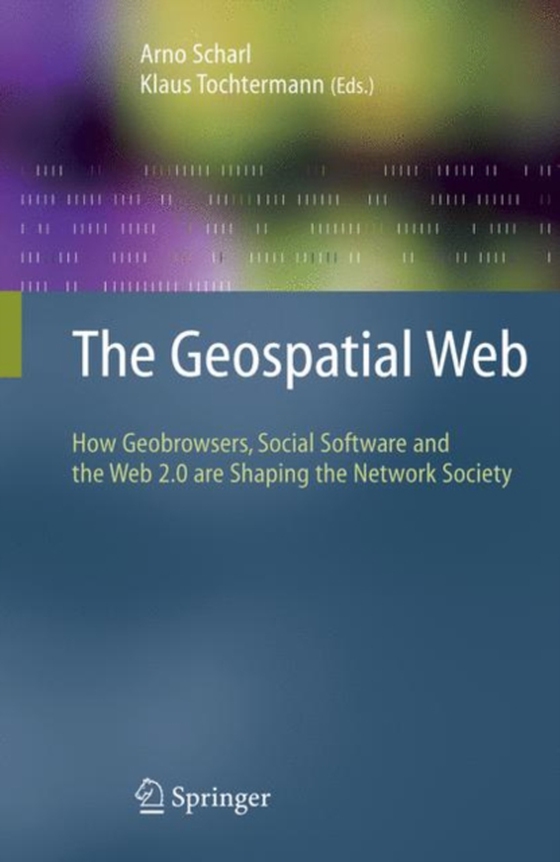
Geospatial Web e-bog
875,33 DKK
(inkl. moms 1094,16 DKK)
The most important attribute of geospatial platforms is their unique potential to aggregate a multitude of public and private geographic data sets, providing access to data from government agencies, industry and the general public. NASA and other organizations have a wealth of planetary science data - representing the output from thousands of satellites in earth-orbit, and from dozens of costly...
E-bog
875,33 DKK
Forlag
Springer
Udgivet
28 februar 2009
Genrer
RGW
Sprog
English
Format
pdf
Beskyttelse
LCP
ISBN
9781846288272
The most important attribute of geospatial platforms is their unique potential to aggregate a multitude of public and private geographic data sets, providing access to data from government agencies, industry and the general public. NASA and other organizations have a wealth of planetary science data - representing the output from thousands of satellites in earth-orbit, and from dozens of costly missions to other planets. Benefits derived from both the data and visual interfaces to access the data represent a significant return on investment for the public. Integrating geospatial data with semantic and collaborative Web technology multiplies the public benefits and represents the main focus of this book. The user interfaces of geobrowsers are designed for the layperson, giving conv- ient access to all kinds of geographically referenced information. Geobrowsers hide the technical details related to finding, accessing and retrieving such information. The daunting challenge of the Geospatial Web is to seamlessly integrate and display vastly different information modes. Nowadays, it is not enough to simply display a map of some region; additional dynamic information modes need to be displayed and put into context - from weather sensor readings and live aerial video feeds to daily news updates, photo collections and video archives.
 Dansk
Dansk

